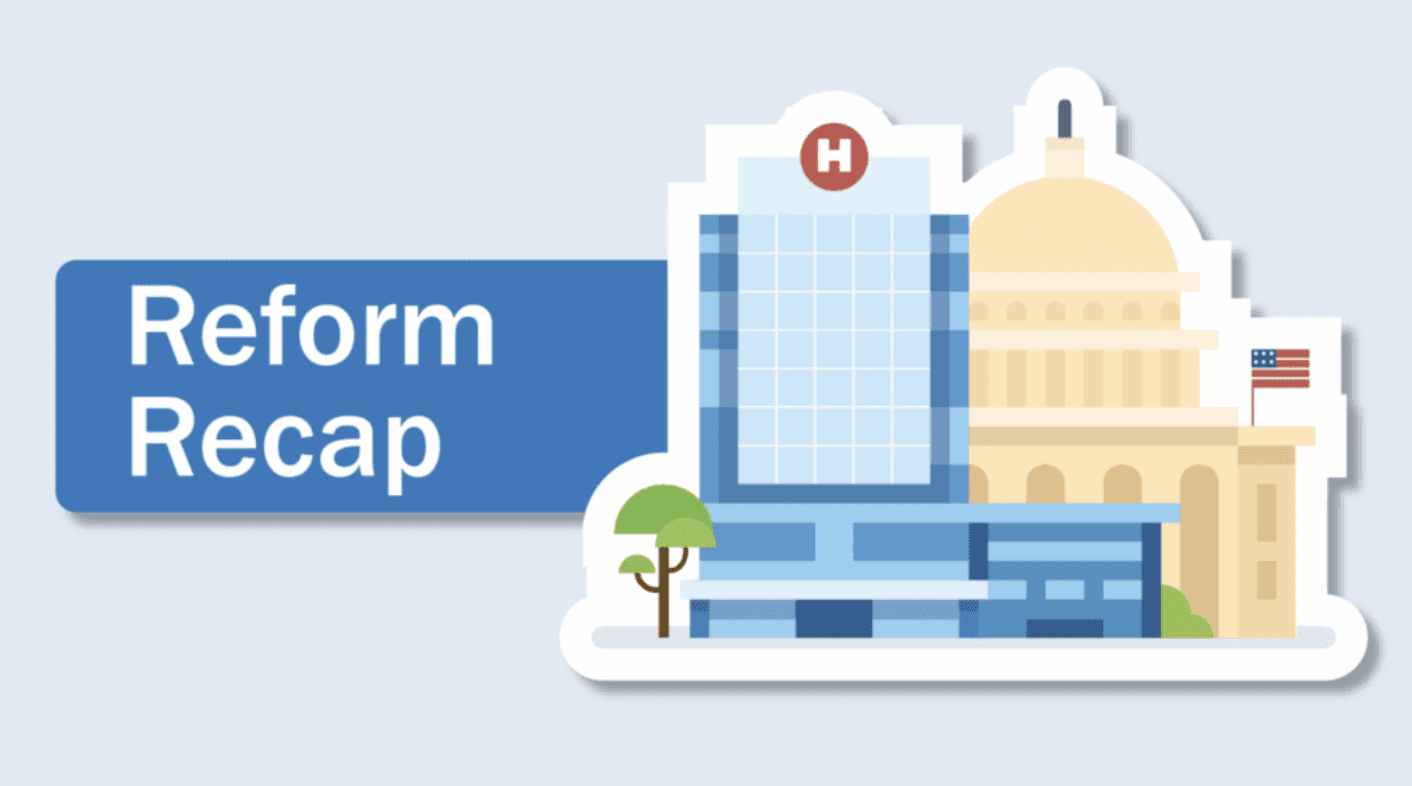One Big Beautiful Bill healthcare overview
By Jeff Atkinson December 2, 2025
Get a clear look at the future of medical billing with this One Big Beautiful Bill healthcare overview.
Read full article

By Jeff Atkinson December 2, 2025
Get a clear look at the future of medical billing with this One Big Beautiful Bill healthcare overview.
Read full article
By Jeff Atkinson December 2, 2025
One Big Beautiful Bill healthcare overview: President Donald Trump signed the One Big Beautiful Bill Act into law in 2025. It was then folded into a “Budget Reconciliation Law” covering multiple topics in addition to healthcare.
Under the law, the Congressional Budget Office estimates 16 million will lose health insurance coverage they had through Medicaid or the Health Insurance Marketplace.
The Congressional Budget Office also estimates the new law will reduce federal spending on Medicaid by $911 billion over a period of 10 years.
The cuts do not take place immediately, but instead will be phased in incrementally until 2034. On January 1, 2026, state incentives to expand their Medicaid programs cease. Under the incentive program, the federal government paid states 90% of the cost of expansion of Medicaid to serve more people.
Also in 2026, enhanced premium tax credits that helped individuals and families pay for health insurance through the Affordable Care Act will expire. That could cause insurance premiums to more than double, making health insurance unaffordable for many.
The One Big Beautiful Bill prohibits states from establishing new Medicaid provider taxes or increasing existing provider taxes. Under laws that were in effect before the act, it was common for states to tax providers, particularly hospitals and nursing homes, to provide funds for the state’s Medicaid program.
The additional funds that went to the states then would be matched by funds paid by the federal government. The act put a stop to that somewhat open-ended taxing scheme paid by the federal government.
In 2028, one of the biggest hits to Medicaid finances will begin. The “state directed payments” will be reduced by 10% that year and by another 10% in subsequent years until federal cost reduction goals are met.
In order to enroll in Medicaid, the law requires adults between the ages of 19 and 64 who are not disabled prove they are working. The work requirement can be satisfied by serving as a volunteer or attending school at least 80 hours per month.
Beginning in 2027, states will need to have programs in place to verify Medicaid enrollees’ work status every six months. The federal government can exempt a state from the verification programs until the end of 2028.
To ease the burden on some states from cuts to Medicaid, President Trump included $50 billion in grants for rural hospitals. Most of the grants will be paid over five years.
KFF, a health policy research group, reported there are 1,800 rural hospitals in the U.S. and “almost half operate with negative margins in rural areas that stand to lose $155 billion in Medicaid funding over the next 10 years under the law.” The $50 billion in grants will be of some help, but rural hospitals are likely to experience major net losses and financial distresses in the coming years.
The stresses on hospitals will come in at least two ways. There will be fewer Medicaid dollars available to pay hospitals, and more people without insurance will arrive in hospital emergency rooms.
Physicians who treat a high volume of Medicaid patients also will likely experience a major drop in income.
On the other hand, 2026 will bring a one-year financial benefit to physicians. The Centers for Medicare & Medicaid Services announced a plan to increase the Medicare physician fee schedule by 2.5%.
The One Big Beautiful Bill limited federal loans that could be taken out to attain professional degrees, including medical degrees. Under the former law, loans could be obtained for the full cost of professional school attendance. Now, federal loans will be limited to $50,000 per year and $200,000 for lifetime.
The AAMC said cuts to loan programs “will affect many prospective medical and other health professions students and worsen the nation’s persistent doctor shortage.” •


